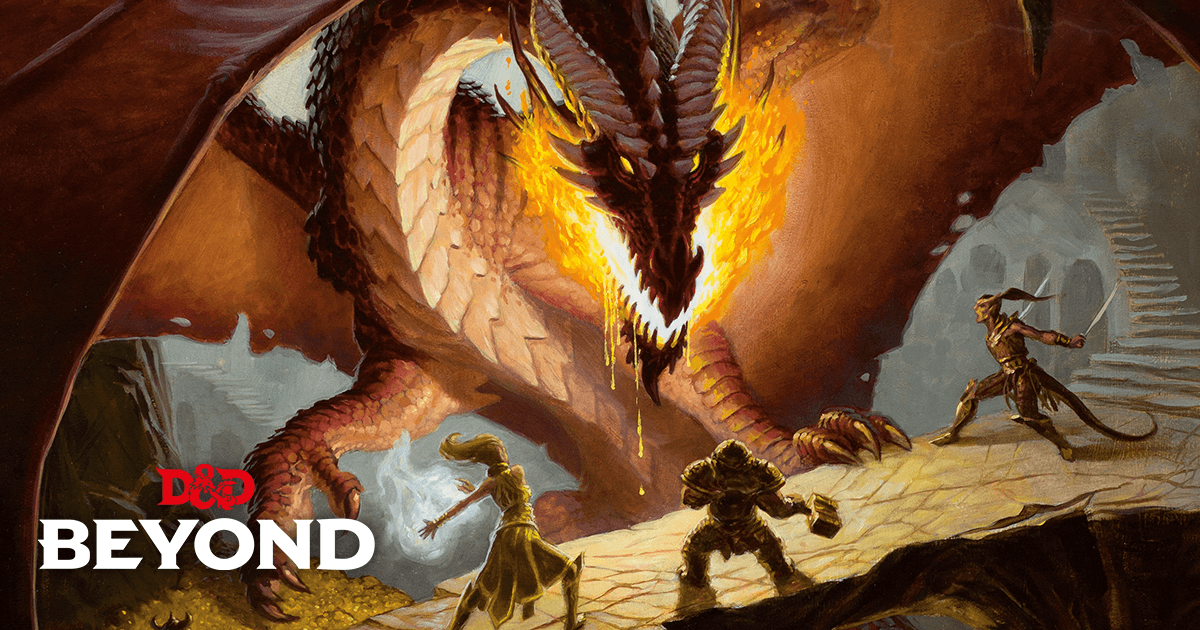How does one stat block represent the general population?
Look in the back of the MM.
Noble = 14 wisdom, 16 charisma
Spy = 15 dex, 14 wisdom, 16 charisma
Priest = 16 wisdom
Knight = 16 strength, 14 con, 15 charisma
etc...
You are confusing ability scores with racial and class abilities. In those terms they are extraordinary. A PC fighter is like Bruce Lee learning martial arts. There are others that are just as fast and strong and built, but for some reason he is leaps and bounds ahead of everyone - especially those who have studied the same amount of time.




